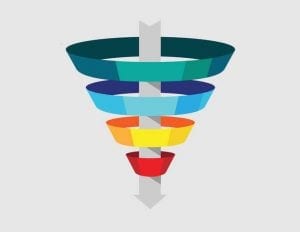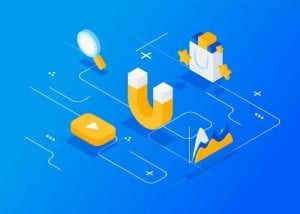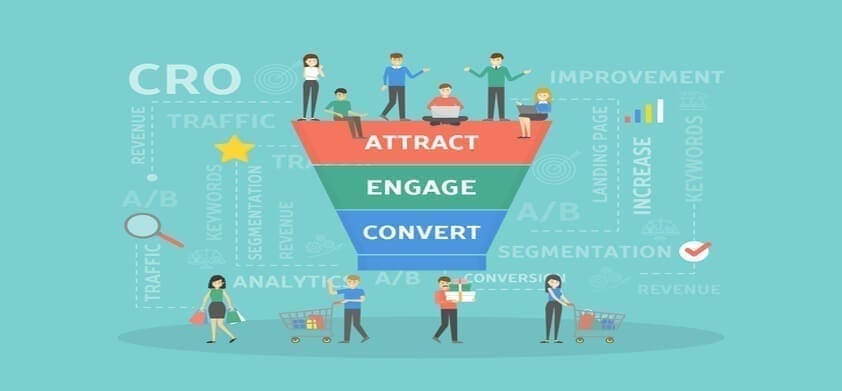In recent years, journey maps have become an integral way for marketers to map out a customer experience. From initial engagement through becoming a long term customer, these maps are used to help understand the needs and expectations of consumers. So, without further ado, here are the core components that make up the consumer journey, otherwise known as the buyer’s journey.
What is the Consumer Journey?
According to Hubspot, the consumer’s journey is the process that buyers go through to become aware of, evaluate,and purchase a new product or service. At its core, it is made up of three important steps, or stages, which we will discuss:
- Awareness
- Consideration
- Decision
These three stages determine what kind of content should be directed to an audience. For instance, you wouldn’t provide the same content to someone who has never heard of you as you would to someone who is on the verge of buying from you.
Follow along for an extended explanation of each consumer journey step to help you understand the entire process.

The 3 Steps of the Consumer Journey
The Awareness Stage
The awareness stage is at the top of the sales funnel. In this stage, a consumer is beginning to realize that they have a problem or issue that needs addressing. They will most likely be searching the internet for answers, which is where SEO comes into play.
If your content answers important consumer questions, they will be much more likely to fill out a form. That’s why any awareness level content should be geared towards explaining your company and how you can help. Think of blog posts, white papers, eBooks, videos and social media. Your content should cover as many relevant topics as possible.

The Consideration Stage
At the consideration stage of the consumer journey, a person will generally have an understanding of their problem. They will then conduct more research to see how each option can solve their particular pain point. Basically, they are laying their options on the table.
This is where companies will inform the consumer about how their products or services can address an issue. Examples of solid consideration level content include email marketing and live content via podcast or video.

The Decision Stage
Lastly, the bottom of the sales funnel is appropriately named the decision stage. At the decision stage of the consumer journey, a consumer will, you guessed it, decide. In all likelihood, they will have chosen a solution, now they just need to pick a company.
At this stage, it is best to provide branded-content like case studies, testimonials, free trials or product comparison guides. Ideally, you need to show the consumer how much value they will get out of choosing your company.
The consumer journey is such an important part of the marketing process, especially when you consider these three steps.


